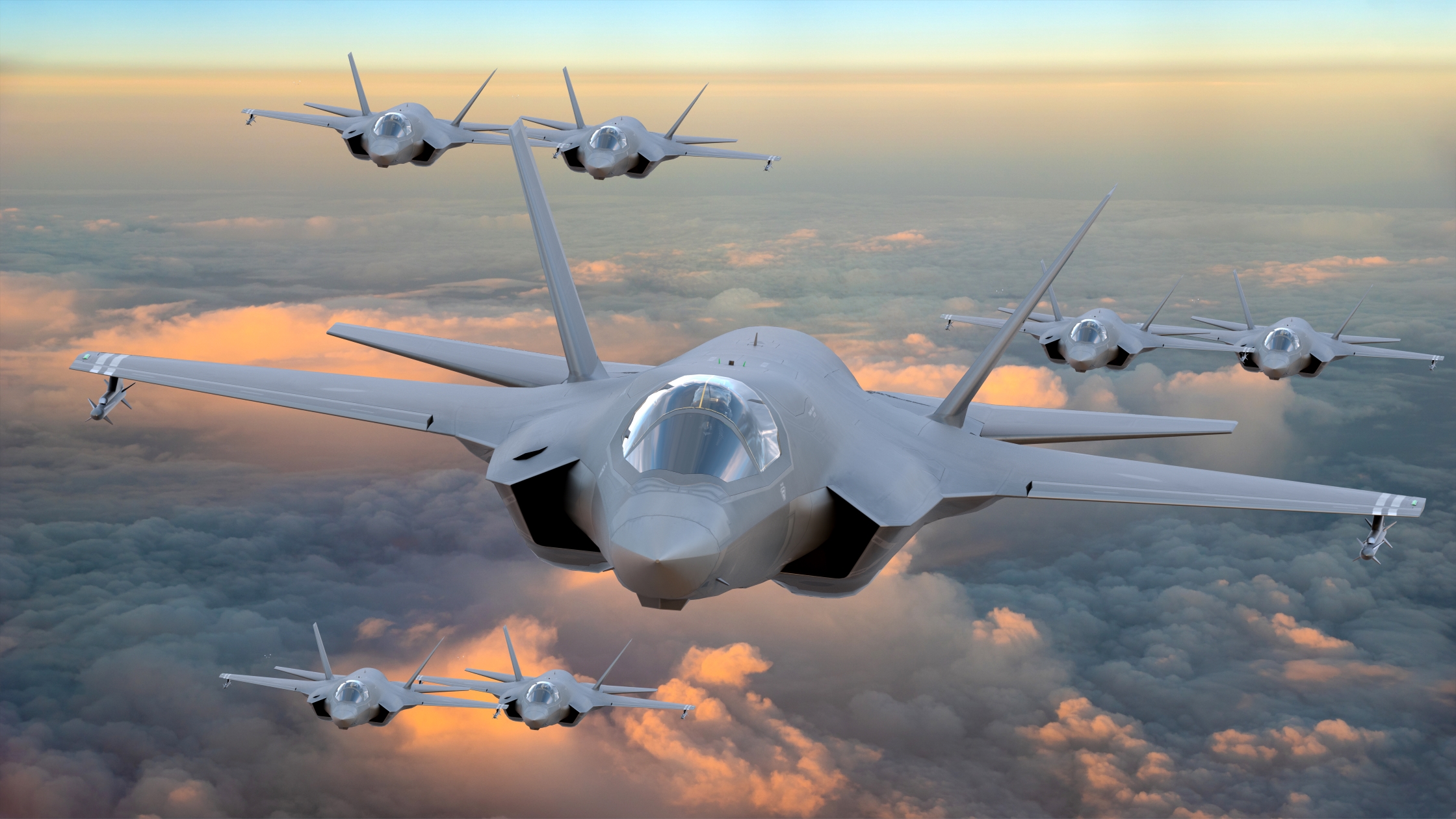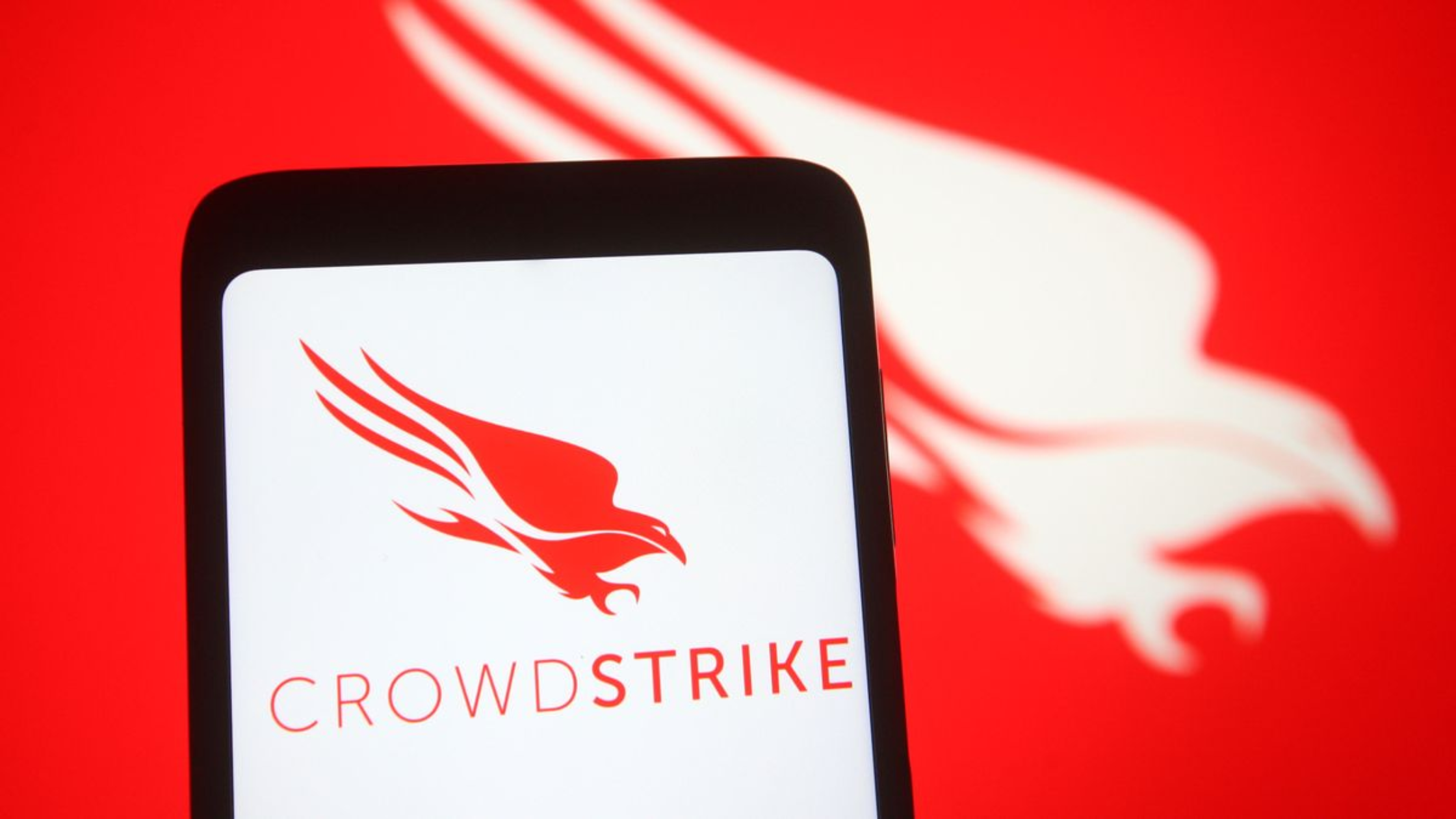2 Defense Stocks to Buy as Geopolitical Tensions Simmer
February 14, 2022

Geopolitical tension is on the rise as Russia’s military buildup near its border with Ukraine enters into a potentially decisive phase.
If Russian President Vladimir Putin orders his troops to invade Ukraine, the conflict will rattle global stock markets and potentially send them into a tailspin.
So, how do investors prepare for this geopolitical crisis?
One way to do so is to de-risk your portfolio and buy into defense stocks that could benefit from the rise in demand for military equipment.
The current tensions between the US and Russia have already led to increased demands for intelligence, surveillance and reconnaissance equipment.
And if the conflict escalates further, it will boost demand for military equipment.
Defense stocks are good for dividend investors
It is also worth noting that defense companies usually continue to be stable even during a time of peace.
In fact, large defense contractors actually generate better margins on research and development (R&D) in advanced new weapons systems as compared to selling one-off missiles or ammunition.
However, defense stocks are usually not as exciting as high-flying technology stocks. It is more suited for income-oriented investors seeking for steady growth and a rising dividend over the long term.
Given the uncertainties in the market this year, investors should consider some exposure in defense stocks.
I think that these two defense stocks are ones that investors can buy to seek refuge and benefit from their mix of capital appreciation and dividends over the long run.
1) Lockheed Martin
Lockheed Martin Corp (NYSE: LMT) is the world’s largest defense contractor. It would be impossible to talk about the defense industry without mentioning them.
The company has dominated the Western market for high-end fighter aircraft since it was awarded the F-35 programme in 2001.
In 2021, the company generated over US$9.2 billion in cash flow from operations and has already signed multiple F-35-related contract modifications amounting to US$1.6 billion this year.
The Biden administration has also funded US$8.7 billion for the F-35 programme in 2022 including 85 jets in addition to about US$2.1 billion for F-35 R&D.
It also has its world-renowned research facility known as “Skunk Works”, which gives it an edge to become a leader in advanced fighter planes, high-tech missiles and cutting-edge electronics.
Due to its behemoth size, I do not expect to see a surge in its share price but I believe Lockheed offers investors stability and some form of predictability when it comes to managing cash and projecting growth.
It also offers an attractive dividend yield of around 2.8% as well as free cash flow growth.
2) Northrop Grumman
Northrop Grumman Corporation (NYSE: NOC) is one of the most prominent US aerospace and defense contractors based on revenue.
Globally, it is the fourth-largest arms-producing and military services company in the world.
It operates in four business segments, namely; Aeronautics Systems (aircraft and UAVs), Mission Systems (radars, sensors and surveillance and targeting systems), Defense Systems (sustainment and modernisation, direct energy and tactical weapons) and Space Systems (missile defense, space systems, hypersonics and space launchers).
It recently acquired Orbital ATK (in 2018), which boosted sales and growth especially in missiles and hypersonics.
The company also has a long track record in the defense industry and offers a decent dividend yield.
Northrop has paid a dividend since 1990 and has seen dividend growth at a double-digit rate over the last decade.
The safety in its dividend is also reflected in its earnings and free cash flow.
Military spending growth likely to surpass inflation growth
Defense companies get the bulk of their revenue from the government and the US is the biggest spender when it comes to defense and military equipment.
While the reliance on the government exposes defense companies to political risk, military spending rarely declines, although it is less as a percentage of GDP when compared to the Cold War era.
With geopolitical tensions rising, my educated guess is that the US and other developed countries, including China, will increase defense spending by more than inflation.
This places defense companies as great hedges against inflationary pressure, something that we’re expecting to see for the rest of this year.
Disclaimer: ProsperUs Investment Coach Billy Toh doesn’t own shares of any companies mentioned.
Geopolitical tension is on the rise as Russia’s military buildup near its border with Ukraine enters into a potentially decisive phase.
If Russian President Vladimir Putin orders his troops to invade Ukraine, the conflict will rattle global stock markets and potentially send them into a tailspin.
So, how do investors prepare for this geopolitical crisis?
One way to do so is to de-risk your portfolio and buy into defense stocks that could benefit from the rise in demand for military equipment.
The current tensions between the US and Russia have already led to increased demands for intelligence, surveillance and reconnaissance equipment.
And if the conflict escalates further, it will boost demand for military equipment.
Defense stocks are good for dividend investors
It is also worth noting that defense companies usually continue to be stable even during a time of peace.
In fact, large defense contractors actually generate better margins on research and development (R&D) in advanced new weapons systems as compared to selling one-off missiles or ammunition.
However, defense stocks are usually not as exciting as high-flying technology stocks. It is more suited for income-oriented investors seeking for steady growth and a rising dividend over the long term.
Given the uncertainties in the market this year, investors should consider some exposure in defense stocks.
I think that these two defense stocks are ones that investors can buy to seek refuge and benefit from their mix of capital appreciation and dividends over the long run.
1) Lockheed Martin
Lockheed Martin Corp (NYSE: LMT) is the world’s largest defense contractor. It would be impossible to talk about the defense industry without mentioning them.
The company has dominated the Western market for high-end fighter aircraft since it was awarded the F-35 programme in 2001.
In 2021, the company generated over US$9.2 billion in cash flow from operations and has already signed multiple F-35-related contract modifications amounting to US$1.6 billion this year.
The Biden administration has also funded US$8.7 billion for the F-35 programme in 2022 including 85 jets in addition to about US$2.1 billion for F-35 R&D.
It also has its world-renowned research facility known as “Skunk Works”, which gives it an edge to become a leader in advanced fighter planes, high-tech missiles and cutting-edge electronics.
Due to its behemoth size, I do not expect to see a surge in its share price but I believe Lockheed offers investors stability and some form of predictability when it comes to managing cash and projecting growth.
It also offers an attractive dividend yield of around 2.8% as well as free cash flow growth.
2) Northrop Grumman
Northrop Grumman Corporation (NYSE: NOC) is one of the most prominent US aerospace and defense contractors based on revenue.
Globally, it is the fourth-largest arms-producing and military services company in the world.
It operates in four business segments, namely; Aeronautics Systems (aircraft and UAVs), Mission Systems (radars, sensors and surveillance and targeting systems), Defense Systems (sustainment and modernisation, direct energy and tactical weapons) and Space Systems (missile defense, space systems, hypersonics and space launchers).
It recently acquired Orbital ATK (in 2018), which boosted sales and growth especially in missiles and hypersonics.
The company also has a long track record in the defense industry and offers a decent dividend yield.
Northrop has paid a dividend since 1990 and has seen dividend growth at a double-digit rate over the last decade.
The safety in its dividend is also reflected in its earnings and free cash flow.
Military spending growth likely to surpass inflation growth
Defense companies get the bulk of their revenue from the government and the US is the biggest spender when it comes to defense and military equipment.
While the reliance on the government exposes defense companies to political risk, military spending rarely declines, although it is less as a percentage of GDP when compared to the Cold War era.
With geopolitical tensions rising, my educated guess is that the US and other developed countries, including China, will increase defense spending by more than inflation.
This places defense companies as great hedges against inflationary pressure, something that we’re expecting to see for the rest of this year.
Disclaimer: ProsperUs Investment Coach Billy Toh doesn’t own shares of any companies mentioned.

Billy Toh
Billy is deeply committed to making investment accessible and understandable to everyone, a principle that drives his engagement with the capital markets and his long-term investment strategies. He is currently the Head of Content & Investment Lead for Prosperus and a SGX Academy Trainer. His extensive experience spans roles as an economist at RHB Investment Bank, focusing on the Thailand and Philippines markets, and as a financial journalist at The Edge Malaysia. Additionally, his background includes valuable time spent in an asset management firm. Outside of finance, Billy enjoys meaningful conversations over coffee, keeps fit as a fitness enthusiast, and has a keen interest in technology.






